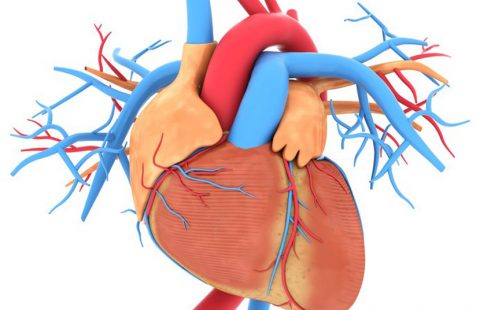
Scientists have developed an algorithm to better understand the traumas that represent one third of emergency department visits. © Unsplash
In France, one third of emergency department (ED) visits are the result of trauma. In order to better understand the mechanisms and improve the management of trauma, researchers from Inserm and Université de Bordeaux at the Bordeaux Population Health Research Center, with teams from Bordeaux University Hospital, have developed an algorithm capable of classifying ED visits for trauma through the artificial intelligence (GPT) analysis of clinical reports. This project, called TARPON[1], which has achieved performance accuracy levels of 97%, is described in the Journal of Medical Internet Research Artificial Intelligence. With these findings, the imminent establishment of a national trauma observatory can be envisaged.
Trauma accounts for 9% of mortality in France and often affects populations of young people. More than one third of the 21 million annual emergency department (ED) visits are for trauma. It is therefore a major public health problem that represents a significant health, social and economic burden for which the scientists are working to provide solutions.
The idea for the TARPON project conducted by researchers from Inserm and Université de Bordeaux with Bordeaux University Hospital is based on the observation that the medical staff write a report for each ED visit. These reports represent a wealth of information: symptoms, patient condition, as well as many details on the circumstances in which the trauma occurred.
However, these data remain untapped, with few statistics available on victims of daily life accidents, violence or suicide attempts. For road accidents, an observatory exists, but it is only complete for mortality and the majority of accidents related to cycle, pedestrian or scooter travel are not included. Therefore, the analysis of anonymized information from ED reports would make it possible to constitute the basis for a virtually-exhaustive trauma surveillance system.
These reports are unstructured texts written using a mixture of everyday, medical and technical terms, as well as abbreviations. In order to extract the relevant information without having to read them all, the research teams have developed an automatic language-processing technique based on artificial neural networks. They have adapted the GPT artificial intelligence model and trained it with a sample of over 500,000 reports from adult emergencies at Bordeaux University Hospital[2]. The result is a French-speaking clinical language-processing tool that is compliant with GDPR.
With the support of the Health Data Hub, Bpifrance, the Nouvelle Aquitaine region, the French medicines agency (ANSM) and the Road safety delegation (DSR), the researchers were able to fund the purchase of a powerful server dedicated to artificial intelligence and installed in the hospital itself. This server has been used to implement the algorithm developed by the scientists, in order to automatically classify trauma by type – with surprising precision.
The method developed by the researchers makes it possible to correctly classify 97% of the reports (compared with 86% using the former methods), as described by the researchers in their scientific article. Thanks to this first step, it will be possible to begin studying this data on the Health Data Hub’s technology platform by this summer.
These findings pave the way for the establishment of a national trauma surveillance system, as well as epidemiological analyses concerning, for example, the impact of medication use on the risk of accidents. Research which should therefore provide new insight into major public health issues. In the immediate future, TARPON will be extended to include fifteen EDs across the entire French territory.
[1] TARPON: Automatic processing of ED summaries to create a national observatory
[2] This research meets the obligations of the General Data Protection Regulation (GDPR).
These contents could be interesting :


